Plant Lovers’ Almanac: An ode to black raspberries, columbines, aspens and apples
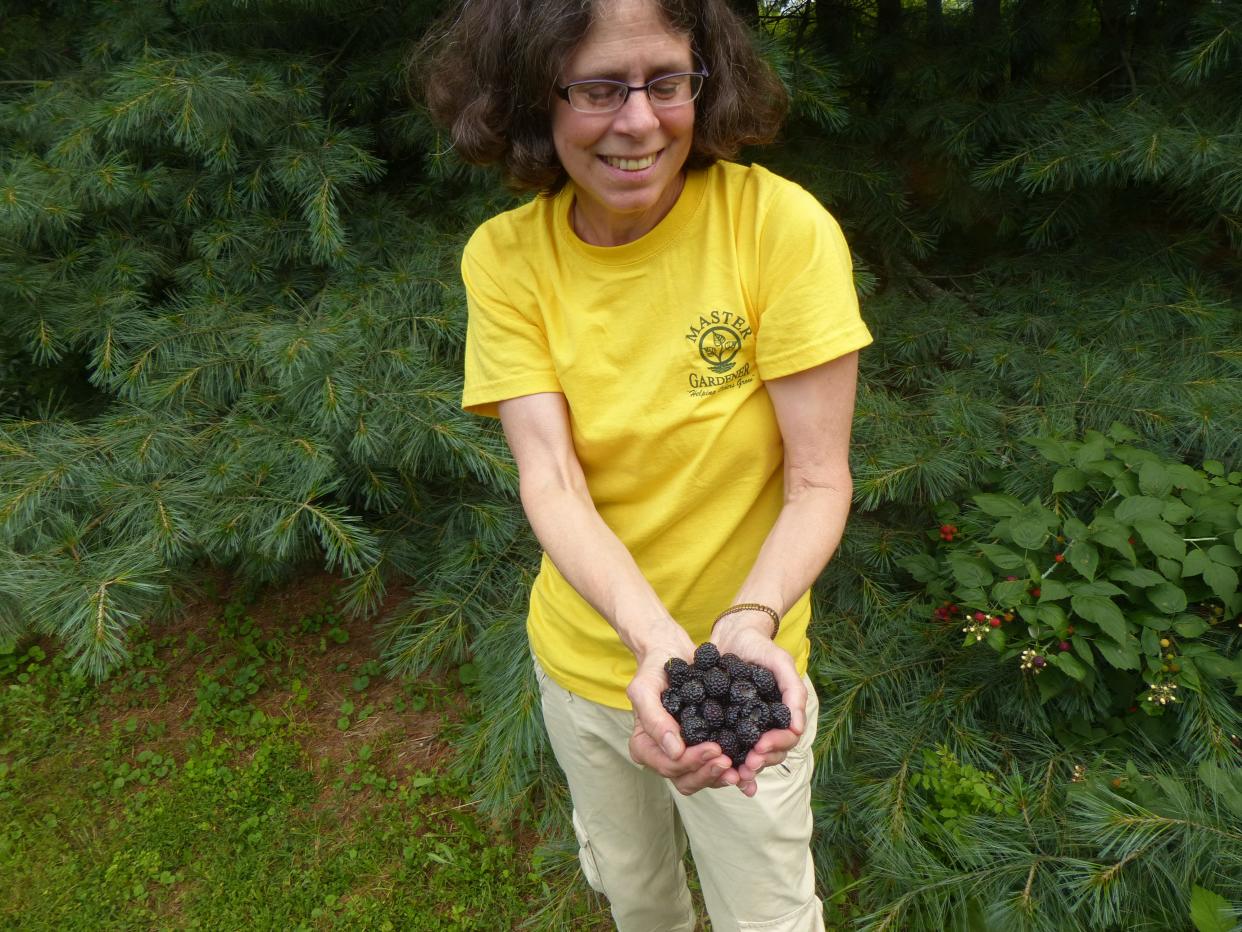
In Colorado last week, my wife and I enjoyed the ponderosa pines, fields of pink pinwheel morning glories interspersed with white, exotic mountain flowers such as shooting stars, old man’s bear lichens gracing the trees, mountain roses and lupines.
Plant Lovers' Almanac: More about the bugs and the bees
Back in Ohio, the black raspberries in our yard were ripening, a sad loss to us, almost a reason not to travel, though visiting granddaughter June seals the deal.
Fortunately, we have friends in Northeast Ohio who harvest those black raspberries. Not red raspberries, most people’s favorites, and wonderful, and not blackberries juicy and sweet, nor blueberries central to the most excellent blueberry buckle coffeecake, but to my taste — the best of the early summer berries, the essence of woodlands — black raspberries. Enjoy, friends.
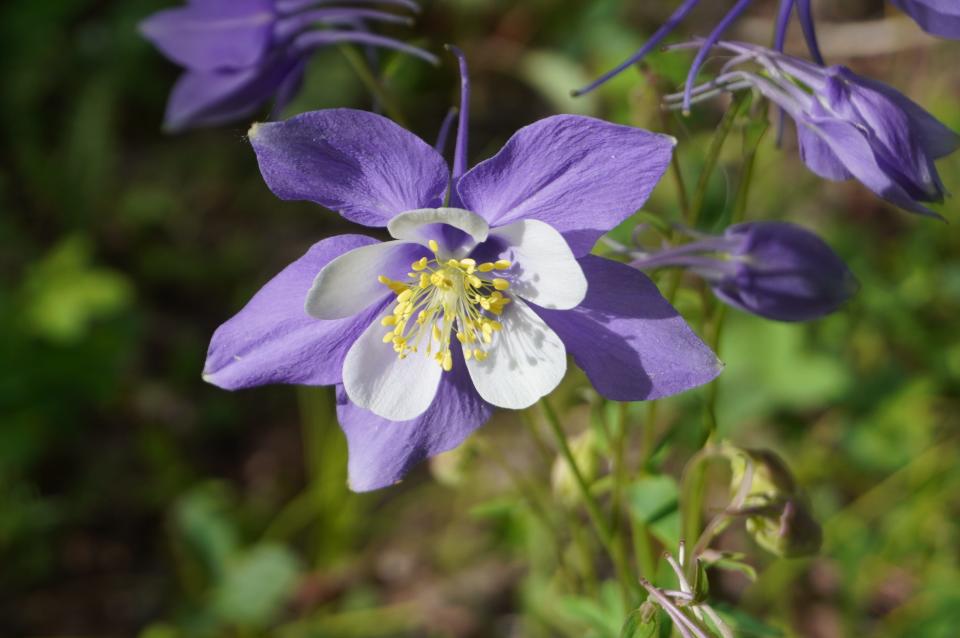
Columbines (Aquilegia). When camping in the Colorado mountains, we came upon one of the most spectacular wildflowers you will ever see, the Rocky Mountain columbine (Aquilegia caerules), a lavender and white creation with big open blossoms with long backward-oriented nectar-bearing spurs.
There are over 60 species of columbines, members of the buttercup family, including a reddish version, Aquilegia canadensis, often found in Ohio woodlands. Hummingbirds love the nectar and a number of noctuid moths feed on columbines. Columbine leafminer flies and sawflies in turn love to feed on columbines. Plant garden columbine hybrids and species in partial shade, colors come in yellows, whites, blues and purples, reds and lavenders.
The Rocky Mountain columbine was voted the favorite flower of schoolchildren there in the 1890s and was subsequently named the state wildflower of Colorado. It is something to see, but not to eat; columbines contain a number of toxic substances, especially in the roots and seeds.
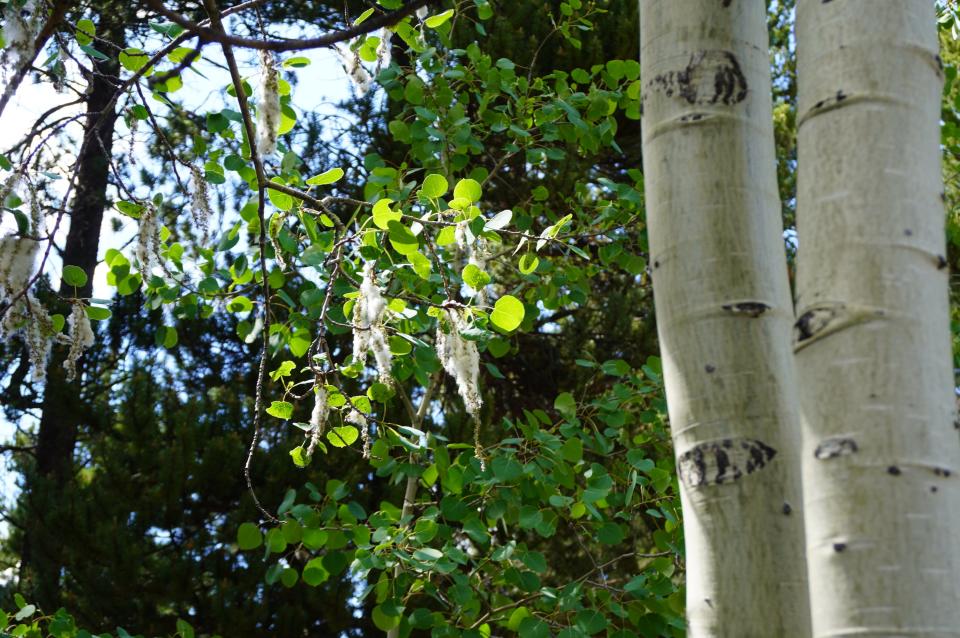
Aspens and cottonwood (Populus spp.). Aspens are found in Ohio; in woodlands and come down to Secrest Arboretum for examples, and they are a delight due to their ever quaking, quivering nature, twittering in the wind due to the architecture of their leaves.
The flat leaf blade is at right angles to the leaf stalk (petiole) making the leaf particularly subject to movement with the slightest breeze. Cottonwoods (Populus deltoides) are considered somewhat coarse: taller, with larger leaves, stark trunks and major branches, and of course, all that cottonwood fluff, a mass of seeds, fruit capsules and cottony fibers.
Nevertheless, cottonwoods and all of the aspen species are closely related, in the same genus — Populus. Don’t believe me? When out west with abundant aspen groves, note the fluff — not just on cottonwoods, but also on their aspen cousins.
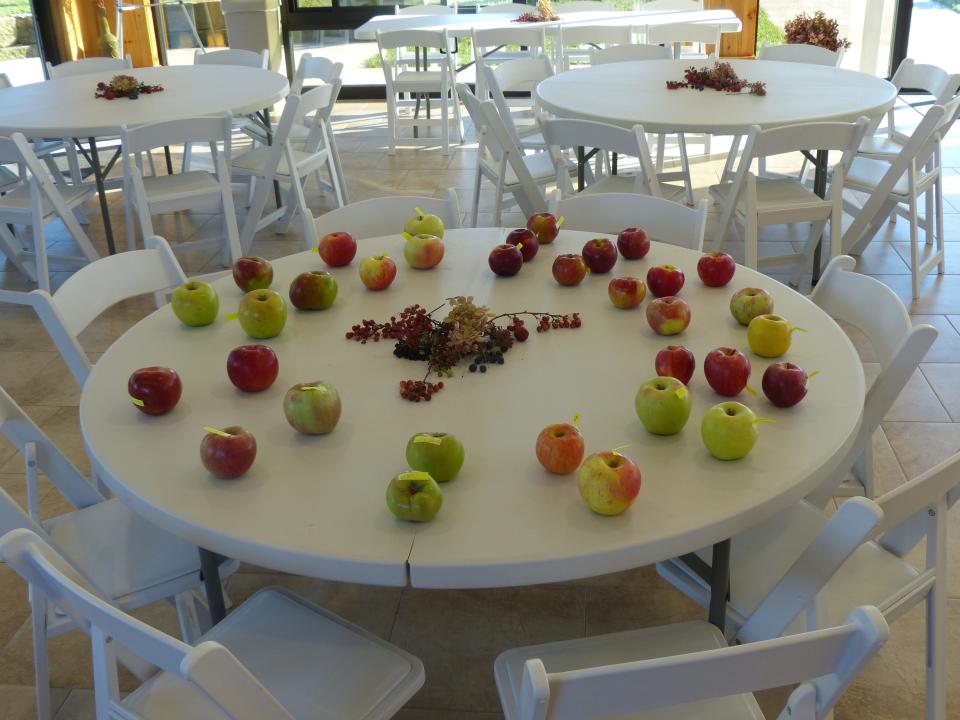
Apple origins. No, not Steve Jobs and Steve Wozniak: I speak of “an apple a day.”
It all started in the Tian Shan region of Kazakhstan, the “heavenly mountains” separating China and Central Asia. It is generally accepted now from genetic evidence that the progenitor of our domesticated apples is Malus sieversii. This tale is told well in one short chapter in the book “Eating to Extinction: The World’s Rarest Foods and Why We Need to Save Them” (2021)” by Dan Saladino. Apples were spread by the land bridge to the Americas and by trade to Europe.
Saladino on those Tian Shan apples: “Each tree is unique and so is the fruit; some apples are the size of tennis balls, others as small as cherries. Some are eye-piercingly lime green, others soft pastel pinks and purples. One might be sweet and honeyed; another spicy with hits of aniseed or licorice; others so mouth-puckeringly sharp and astringent you’ll want to spit them straight out.”
As Saladino notes, apples were well known in the Roman Empire and mythically the goddess Pomona gave a golden apple to Hera upon her marriage to Zeus. “Pomona” is the Latin name for “orchard fruit.”
As I read this, a golden light dawned: As a crab apple lover, I know that apples are termed “pome fruits,” as “fleshy fruits without a central stone; with a number of seeds in a separate chamber at the center of the fruit,” so are other members of the rose family such as pear, quince, medlar, hawthorn and mountain ash. But Pom-ona! How cool.
Then our American John Chapman/Johnny Appleseed saga. Though grafting desired apple types to a separate rootstock was known, Chapman traveled into Ohio and elsewhere with canoes full of “pips,” or seeds. Seeds result in variability, though, not reliably the best apples.
Why, Johnny, why? It was because he was a follower of the Swedenborgian religious sect, started by Emanuel Swedenborg after the first of his “revelations” in 1750. Chapman followed the belief that plants suffer and so making those grafting cuts was not right. Ironically, later in life he became a vegetarian: Suffering was one thing, eating plants was apparently sacramentally sound.
Saladino details the history of deducing specifically where apples developed: It was clarified partly through the work of Nikolai Ivanovich Vasilov, the Russian geneticist who studied the worldwide center of origin of many crop species, including those Tian Shan apples. Saladino’s essay refreshed my memory of learning of Vasilov’s storied career while in graduate school.
Vasilov was lauded worldwide, but is a cautionary tale of the politicization of science. He ran afoul in the 1930s and early 1940s of Joseph Stalin and his loyal Trofim Lysenko, who declared genetics to be politically incorrect and favored the Lamarkian theory of “acquired characteristics,” train those plants to be better, dovetailing with revolutionary Soviet propaganda of the perfectability of nature. For his adherence to actual truth, Vasilov was sentenced to the gulags in 1941, and died there in 1943. Logic and science, and Vasilov, were victimized by propaganda! Truth matters!
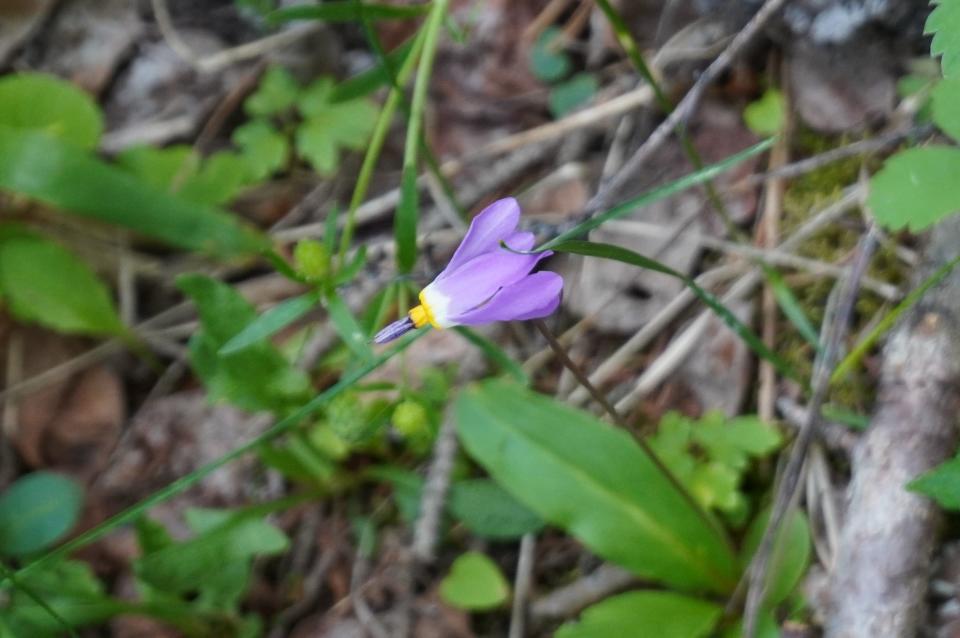
Finally, it is interesting to note the three ways that apples multiply. From seeds come diversity, a great boon to developing novel and wonderful new varieties; there are as many types as there are apple seeds, most notably found in that now endangered Tian Shan area of Kazakhstan. Then there is grafting, asexual propagation involving taking cuttings that are essentially clones of each other, each “scion” identical to the next. Third, there is hybridization: sexual reproduction of different parents followed by cloning the results that are desirable (flavor, storability, color). Fuji and gala are results of such crosses.
In the end, it is this combination of sexual and asexual reproduction, and of nature and nurture, that mutually serve our horticultural and culinary interests. As Rachel Carson noted in “Silent Spring,” “Nature has introduced great variety into the landscape, but man has displayed a passion for simplifying it.” Both good and bad.
Jim Chatfield is a horticulture educator and professor emeritus at Ohio State University Extension. If you have questions about caring for your garden and other topics, write to chatfield.1@osu.edu or call 330-466-0270. Please include your phone number if you write.
Plant Lovers' Almanac: A bit about bad bugs, blight and blooms
This article originally appeared on Akron Beacon Journal: A summer ode to black raspberries and columbines

